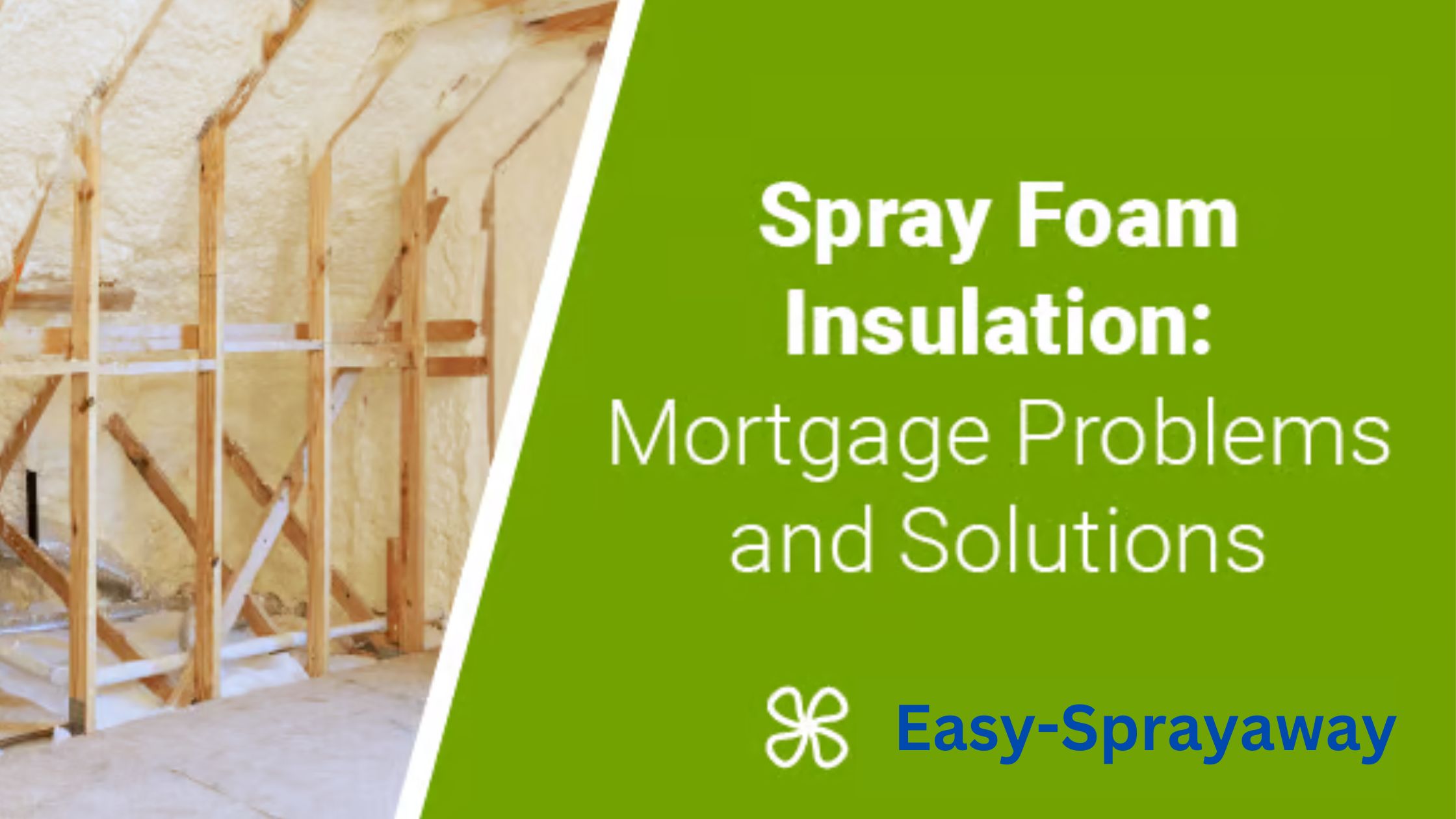The mortgage market is beginning to show promising changes regarding properties with spray foam insulation. Several major lenders are now considering mortgage applications for these homes, provided the installation complies with industry standards and is supported by the necessary documentation. High-street lenders, including Nationwide Building Society, Santander, Halifax, NatWest, and Barclays, are actively reviewing or approving mortgages on homes with spray foam insulation. Additionally, a number of smaller, bespoke lenders are adopting a more flexible approach.
One increasingly common requirement is the provision of an Insurance-Backed Guarantee to cover the installation. At Easy Sprayaway, we have partnered with a trusted insurance provider to support installations carried out using our products by our network of approved installers.
Although negative press about spray foam insulation persists, particularly concerning challenges with selling properties, the landscape is rapidly evolving. Homeowners are being empowered with more choices to insulate their homes responsibly. For those who may have encountered discouraging articles, we recommend consulting multiple mortgage lenders to determine their stance on spray foam insulation before deciding on an installation. If several lenders express a willingness to lend, it can serve as a positive indication that perceptions within the mortgage market are improving.
Easy Sprayaway is committed to supporting our approved installers and their customers throughout the process to ensure peace of mind at every step.
Considerations for Equity Release Lenders
While the situation is improving among traditional mortgage lenders, equity release providers remain far more cautious. These lenders base their products on the assumption that a property will appreciate in value over time, leading to strict lending criteria. As a result, many equity release lenders currently do not offer products for homes with spray foam insulation. Additionally, some may object to other types of home improvements that they believe could affect property valuations.
It is also important to acknowledge that not all mortgage lenders accept spray foam insulation. However, as major high-street lenders increasingly recognise its viability and as industry standards continue to improve, we expect lending guidelines to relax further in the future.
Homeowners exploring spray foam insulation can feel optimistic about the positive changes in the lending landscape. As this industry evolves, Easy Sprayaway remains dedicated to ensuring all installations meet the highest standards, providing both lenders and homeowners with confidence in this insulation solution.

